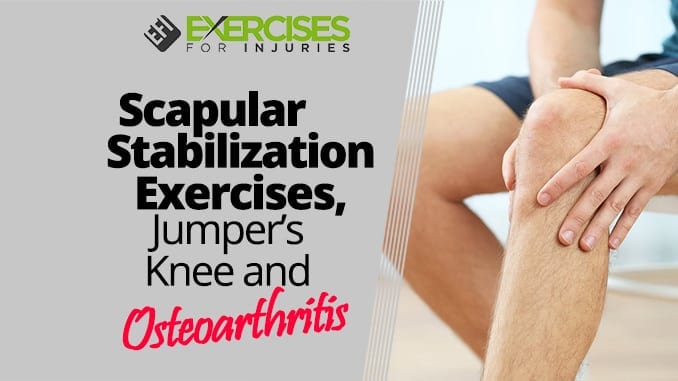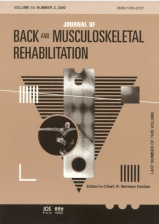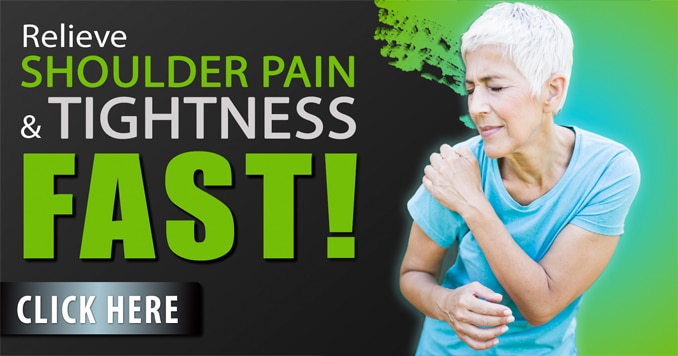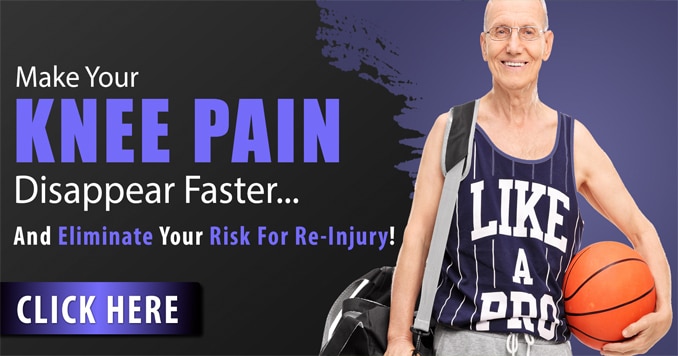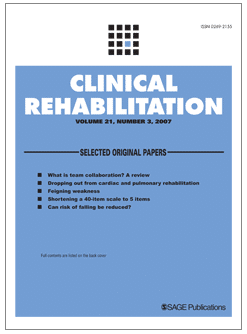When you think of someone with shoulder problems, you likely imagine a person with rounded shoulders, weak and unstable shoulders, or perhaps even a person who has suffered a torn labrum. While this is all correct, there is another way that the shoulder can become dysfunctional: poor scapular stabilization. Scapular stabilization describes the ability of your scapula to maintain its position on your back when your arms are above or below your head. If you have a weak or droopy scapula, it’s probably because your muscles aren’t working together properly to keep them in place. So what does this mean for you? It means that you need to work on strengthening your scapular stabilizers as part of your regular training routine if you want to avoid developing any kind of shoulder issue later in life.
Back to doing research reviews. This is fun. It is excellent to go into the research to see what is new when it comes to exercise and injuries. In this round of research reviews, I found some significant research on scapular stabilization exercises, jumper’s knee, and osteoarthritis.
Let’s get into the research.
What They Looked At:
The effectiveness of an exercise program on the shoulder with people who have subacromial impingement syndrome.
How Did They Do It:
They divided 40 subjects into two groups.
Group 1 did stretching and strengthening exercises, while group 2 did stretching, strengthening, and scapular stabilization exercises.
What They Found:
Both groups showed improvement but the second group had more significant improvement in muscle strength, joint position sense, and scapular dyskinesis.
Take-Home Message:
If you or your client has subacromial impingement, add scapular stabilization exercises to your program, along with stretching and strengthening.
Let me take a minute to explain a little more about why you should do this.
The results above all make sense because, in shoulder impingement clients, you often see:
- increased upper trapezius activity
- decrease in middle and lower serratus anterior activity
- reduced rotator cuff activity
- delay in middle and lower trapezius activity with sudden perturbation
For the program that I use for scapular stabilization exercises, click here.
Want to Improve Osteoarthritis pain?
Then Losing Some Weight is the Key.
What They Looked At:
They looked at 111 obese adults. The researchers performed a baseline MRI and a 12-month follow-up MRI to look at cartilage thickness.
Neat Stuff in the Introduction:
- Obesity is a significant health problem
- The World Health Organization estimates more than one billion people are overweight, and 300 million are obese.
- Osteoarthritis is the most common form of arthritis and the leading cause of chronic disability among older adults.
- Weight loss has been shown to decrease knee pain and improve knee stiffness, function, and disability.
What They Found:
The average age was 52 years old, with a BMI of 37, and moderate weight loss was 9%.
A decrease in weight led to improved quality and quantity of medial articular cartilage, but this was not observed in the lateral compartment.
This improvement in cartilage could reduce the need for total joint replacements and decrease the impact on the health system.
Take-Home Message:
We don’t talk about it often, but with so many conditions in the lower body, an emphasis on decreasing weight will help overweight and obese clients recover from some injuries and prevent future ones.
Thinking beyond just exercise to lifestyle, nutrition, and activity – even when injured – is critical.
I go through more stuff on knee osteoarthritis in the course:
What is the Best Treatment for Jumper’s Knee?
What They Looked At:
They looked at 111 obese adults. The researchers performed a baseline MRI and a 12-month follow-up MRI to look at cartilage thickness.
Neat Stuff in the Introduction:
- Jumper’s knee or patellar tendinopathy
- common in sports involving jumping and landing, rapid acceleration and deceleration, cutting moves, and kicking (basketball, volleyball, soccer, tennis, high jump, long jump, fencing, track)
- There is no correlation between intrinsic factors leading to the jumper’s knee (malalignment, Q-angle, biomechanics).
- The principal cause of the jumper’s knee is hard playing surfaces, increased training involving repetitive eccentric movement, and tight hamstrings and quads.
How Did They Do It:
They had 30 subjects with chronic patellar tendinopathy and divided them into three groups (exercise, ultrasound, and friction). Each group received treatment three times a week for four weeks.
Then they looked at the pain level of each of the subjects at 4, 8, and 16 weeks.
What They Found:
They found the exercise program had better results than the ultrasound and friction.
Yay, exercise.
Don’t discount the exercise if you get treatment for the jumper’s knee and have an ultrasound and friction performed. It may be the missing piece that will help you out the most with your jumper’s knee.
What the focus needs to be on is an eccentric exercise program. I go through that in Achilles Tendinitis Exercise Solution for the Achilles tendon. In a few weeks, I will finish this month’s, Injury of the Month, which will be Jumper’s Knee. Watch for it before the end of December.
I hope you enjoyed the research review.
Let me know what you think. Please feel free to share a recent article that you have read in the comment area.
Rick Kaselj, MS

